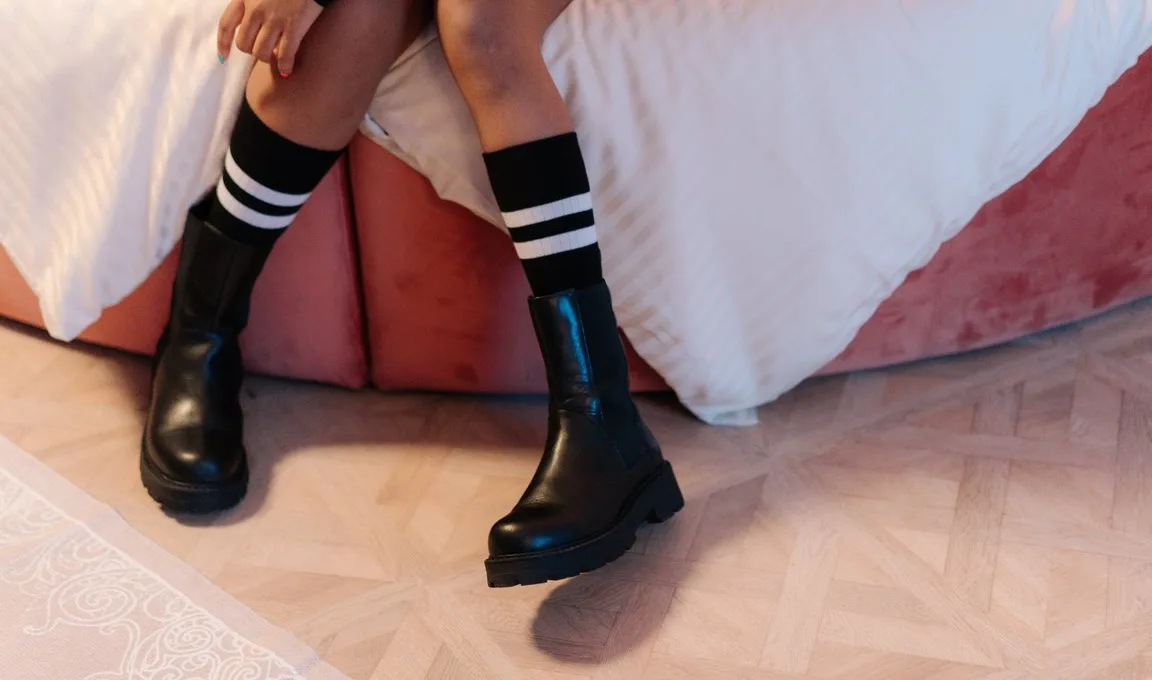Did you know that there are 14.5 billion pairs of shoes in the world? Well, if you’re interested in the industry, you might be curious to know how much China makes. China produces 12.6 billion pairs of shoes annually. This is a huge production compared to other countries, and it’s kept high by several factors including a huge domestic market, higher wages, and overtime pay. Moreover, the strength of the Chinese currency is another factor in keeping the output high.
About 14.5 billion pairs
There are more than 14.5 billion pairs of shoes in the world. In fact, the global footwear market is a multi-billion dollar industry and is projected to grow to 365 billion US dollars by 2020. Worldwide, people buy between one and two pairs of shoes every year. The US accounts for the highest number of pairs bought each year. However, Asians and Russians only purchase one or two pairs of new shoes each year. Regardless of the country, Italian and German households spend the most money on shoes and clothing.
According to a recent report from the United Nations, more than 107 billion pairs of shoes were bought by consumers in 2016. This represents about one pair of shoes for every five people on Earth. That’s an incredible amount of shoes! Despite the growing global demand for shoes, there are still a large number of people who are not able to afford them. Luckily, there are ways to avoid becoming a victim of modern slavery in the supply chain of your favorite Western brand.
Brazil produces 895 million pairs of shoes a year
The country of Brazil is a leading player in the global apparel and footwear industry. In recent years, the country has become an important shoe producer, contributing more than 900 million pairs per year – more than any other country in the world. With one of the largest populations in the world, Brazil is also one of the largest consumers of footwear. In 2019, the average Brazilian consumer wore four pairs of shoes.
The Brazilian footwear industry is organized in clusters, which enable suppliers to be close to the companies they serve. This allows for faster communication and materials delivery. During the 1980s, the South and Northeast regions were the largest producers of shoes in Brazil, accounting for 68% of all Brazilian production. In the 1990s, only about 5% of Brazilians worked in the footwear industry, but by 2001 this proportion had increased to 20%.
Mexico produces 245 million pairs a year
The footwear industry in Mexico is flourishing, producing an estimated 245 million pairs of shoes a year, with exports worth over 517.5 billion dollars. Italy, meanwhile, produces only 205 million pairs of footwear a year, but its exports are worth nearly 10 billion dollars. Thailand also produces plenty of footwear, making it one of the largest producers of leather shoes. The country has more than 6,800 shoe companies manufacturing shoes domestically and some with international operations.
The shoe industry in Mexico has a long and varied history. In the late 1800s, the Lucchese family made a name for themselves by offering premium footwear. The family also acquired Goodyear welting machines, which were used to create superior boots. Eventually, these machines made their way south to Leon, where they were used in the production of leather shoes. During World War II, the U.S. government contracted the Leon region to produce quality shoes.
Thailand produces 245 million pairs a year
While many countries produce more than two hundred and fifty million pairs of shoes a year, Thailand is one of the cheapest and fastest-growing shoe manufacturing centers in the world. Thailand also has a low cost of production and offers a lower-priced wholesale market. The country’s talented local labor makes it the ideal location for shoe manufacturers. The country also produces famous cowboy boots for export and local retail.
The country is among the top footwear producers in the world, with exports boosting its economy by 77 percent over the last decade. But in recent years, exports have decreased, by six percent in volume and eight percent in value. The country lost two percentage points in its share of world exports since 2010 to Europe. The country’s footwear industry is still growing, and it continues to grow at a fast rate.
Vietnam produces 760 million pairs a year
Despite being a small country, Vietnam has become one of the world’s largest footwear producers. It produces 920 million pairs of footwear every year and exports around 800 million pairs of shoes to other countries. Although the country is smaller than China, some of the world’s largest shoe brands have set up factories in Vietnam. Listed below are some of these shoe brands and their production plants in Vietnam. For more information, please contact the brands.
The country produces shoes for a large number of consumers in Asia, and their low wages attract many foreign manufacturers. In recent years, Vietnam has grown its production by 150 percent. The country produces leather and canvas shoes, as well as sports shoes and sandals. In comparison, Brazil produces 895 million pairs of shoes a year, and its export market is growing due to the high quality of its leather and low wages.
Italy produces 205 million pairs a year
Although Turkey produces one hundred and twenty-five million pairs of shoes every year, it is far behind Italy, which produces more than 205 millions. Turkey’s leather industry is well-developed and provides a solid foundation for shoe production. Turkey produces sneakers, slippers, and boots. Meanwhile, Italy produces 205 million pairs of shoes every year and exports 10.7 billion pairs. In fact, Italy is the largest producer of shoes in the world, and the country is also famous for its high heels.
By 1990, China and the Middle East produced nearly half of all the world’s footwear. By 1980, Asia and Eastern Europe were the largest footwear producers, with nearly 40 per cent of the world’s footwear produced in these regions. Western Europe ranked third, while North/Central America and Africa produced only a fraction of that amount. Italy, however, is a global shoe giant and continues to grow its footwear industry.
Podobne tematy




